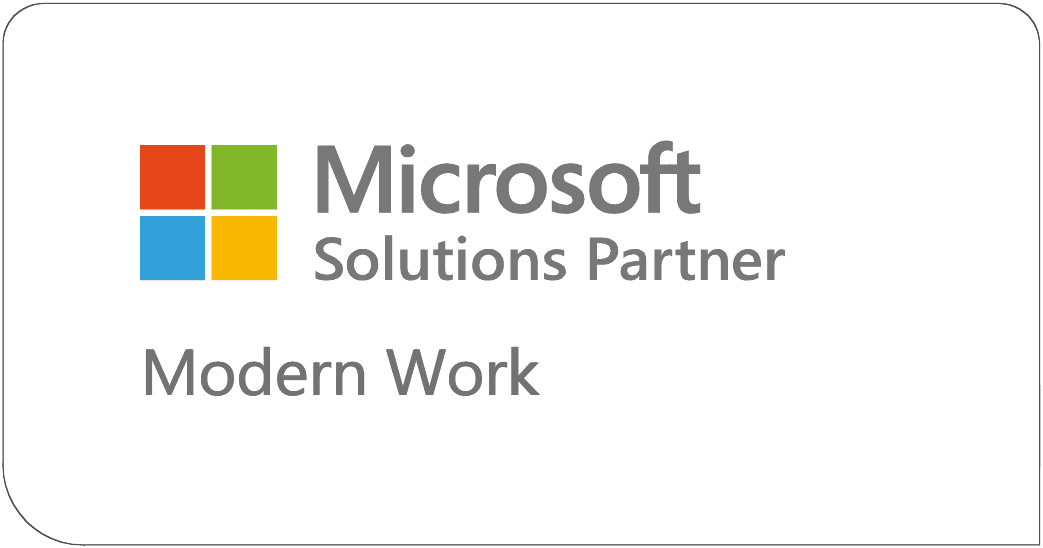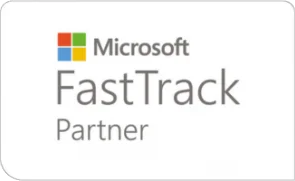Let’s be honest-managing Microsoft 365 storage is becoming a headache for a lot of companies.
As your teams collaborate more, generate more documents, and move projects online, your SharePoint and OneDrive storage starts to fill up. At first, it’s manageable. But soon, IT finds itself juggling emails from Microsoft about hitting limits, and someone from finance starts asking why cloud storage is eating into the budget.
You can’t just delete old files. Legal says some of it has to stay for compliance. Business teams want to keep past project documents “just in case.” And users don’t want any disruption.
VIDEO
If you look closely at what’s taking up space in SharePoint Online, you’ll find that a large chunk of it isn’t being touched. Old proposals, completed project folders, outdated presentations-they’re not being used, but they’re still counting against your storage.
This data isn’t useless-it just isn’t needed day-to-day. That makes it a perfect candidate for archiving.
But here’s the catch, archiving only works if it doesn’t slow your people down. If users have to open another app, wait for IT to retrieve a file, or lose the ability to search across everything, they’ll push back. Rightfully so.
Archiving, the Right Way
A good archival strategy doesn’t just move files off SharePoint-it keeps them accessible . That’s the key difference.
The ideal setup:
Allows users keep using SharePoint as usual
Moves older or inactive content behind the scenes
Keeps archived files searchable and, where possible, previewable
Respects your retention and compliance rules
The goal is to quietly shift low-use content to a more affordable storage option like Azure Storage without anyone noticing a difference. Users still see the files where they expect to find them, and they can open or preview them when needed. IT gets relief from storage pressure. Finance sees costs level off. Everyone wins.
Why It Works: The Real Benefits
✅ Cut Costs, Big Time
✅ No User Disruption
✅ Let Automation Do the Heavy Lifting
Examples:
Archive team files untouched for 5+ years
Review personal OneDrive files older than 2 years
Follow department-specific retention timelines
✅ Grows with You
Manual Cleanup Isn’t the Answer
Sure, some teams try manual cleanup. IT sends out emails. Departments get spreadsheets of old files. Some things get deleted.
But it’s temporary. And it’s time consuming.
Archiving automates the process. You define the rules once, and the system keeps working in the background. Adjust policies as your business evolves no more babysitting storage.
Let’s Talk Dollars
Microsoft 365 gives you a base level of SharePoint storage per user. Go over that, and you’re charged extra. Currently $0.19 per GB per month.
That’s $19,456 a month (or $233K+ a year) for 100TB of additional storage.
Now compare that with Azure Blob Storage—around $0.02 per GB/month for hot tier storage. Even with management costs (~$1,300/month), archiving 100TB in Azure comes to just $3,348/month.
That’s an 82% reduction in costs.
You’re not just saving money, you’re creating room to invest in security, innovation, or whatever else moves the needle.
You Don’t Have to Choose Between Cost and Productivity
It’s not a binary choice:
Keep paying more to avoid disruption, or
Slash storage and risk data loss.
There’s a smarter option: archive intelligently.
With the right tools, users don’t notice a thing. Files still show up where expected, and for most formats, previews still work. No retraining. No new apps.
Compliance Still Matters
Of course, this isn’t just about storage and cost. You also have to stay compliant.
The right archival setup supports retention rules, disposal policies, and audit needs. Files are moved, not deleted, and they stay in the system until their official retention period ends. After that, you can purge them safely, in line with policy.
So instead of building yet another compliance workflow, you’re folding data governance into your storage strategy-clean, scalable, and defensible.
Plan for the Future
Your data isn’t shrinking anytime soon.
Teams will keep creating documents. New users will come on board. Projects, acquisitions, and growth will all generate more content.
Archiving gives you breathing room. Active files stay on premium storage. Inactive files move to cost-effective alternatives.
It’s not just a storage fix. It’s a smart, future-proof strategy.
If you are considering a SharePoint migration, explore our AppSource Marketplace offer .
What to Look For in an Archival Solution
Here’s your checklist when evaluating options:
✅ Seamless SharePoint experience with no user disruption
✅ Automated rules for archiving
✅ Built-in retention and compliance support
✅ File previews and stub links
✅ Scalable with your business
Above all, choose a solution that puts users first. If they can’t find what they need, the system fails no matter how much it saves.
Book a discovery call!
Conclusion
You don’t need to overhaul your entire Microsoft 365 environment to bring costs under control.
Just get smarter about what you’re storing and where you’re storing it.
With a well-executed archival strategy, you can cut costs, maintain productivity, and stay compliant without adding more work to your teams.
If your SharePoint storage feels like a ticking time bomb, now’s the time to defuse it. Quietly. Efficiently. Without anyone even noticing.























